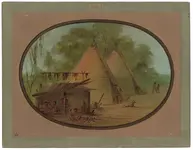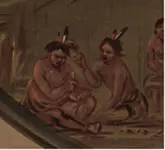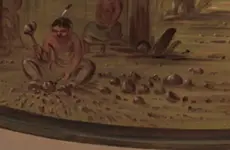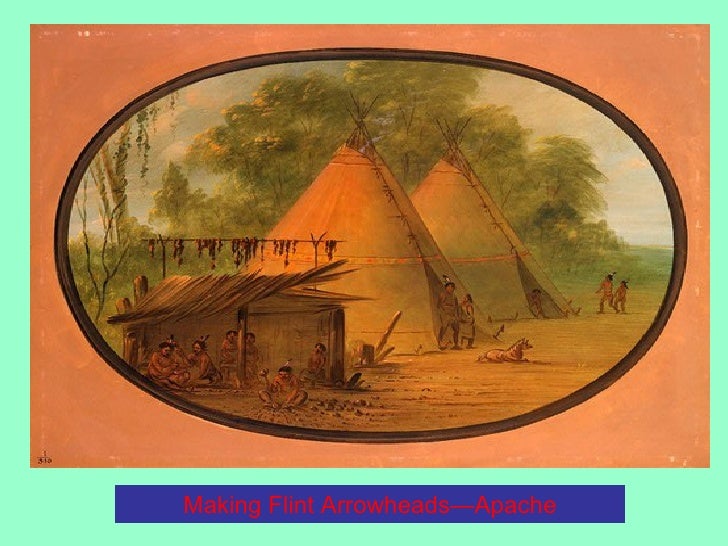BenjaminE
Full Member
- Joined
- Jun 2, 2014
- Messages
- 167
- Reaction score
- 243
- Golden Thread
- 0
- Primary Interest:
- All Treasure Hunting




I have been searching for this work of art since 2010. The scene was painted near the Rocky Mountains along the Pony Express Trail. It shows indians making stone tools. As far as I know, this scene was never actually published.
Grim Reaper, I thought that you might like seeing this early flintknapping painting. I would have some one post it on (deleted by mod) All the evidence points to sophisticated forms of indirect percussion, in the Americas, that were not understood by modern knappers, and researchers over in Europe. You own some of the tools, yourself. Here is one more piece of evidence.
By the way, this flaking tool had a shape that I do not think was so common. It was cut from a round marine mammal bone, or round piece of ivory. The tool had a round quarter section, and two flat sides that must have formed an acute angle. My guess is that the tool was cut flat on the ends, and they were using the acute corner on the cut end, to do the flaking. If so, then that is not a common tool type that I am familiar with, though I have seen similar punch tools with cut ends. There were marine mammal bone/ivory flakers found on Channel Island, about the same length. Also, the six to seven inch length would allow for a strong blow to the tool. I believe that the shorter antler drifts known from the east, from the advent of the archaic era right into the historic era, were used in a different manner of indirect percussion, not like what is seen here.
Also, the painting shows the spalling of nodules, with a stone maul, prior to the manufacture of the stone tools. Hammerstone spalling should have resulted in preforms with ridges on them. If so, then the indirect percussion process shown could have been used to remove ridges from the spalls, prior to pressure flaking. Because the punch tool was recorded as having significant mass it could have been struck fairly hard, with less movement - something not true of smaller tools. The question in my mind pertains to the type of stone being worked. Was it obsidian? Obsidian is fairly fragile. And, that could account for this process being carried out right on the hand, probably with a pad.
It took eight years of research to finally track down this painting. I hope you enjoy it!
Amazon Forum Fav 👍
Last edited by a moderator:
Upvote
0




